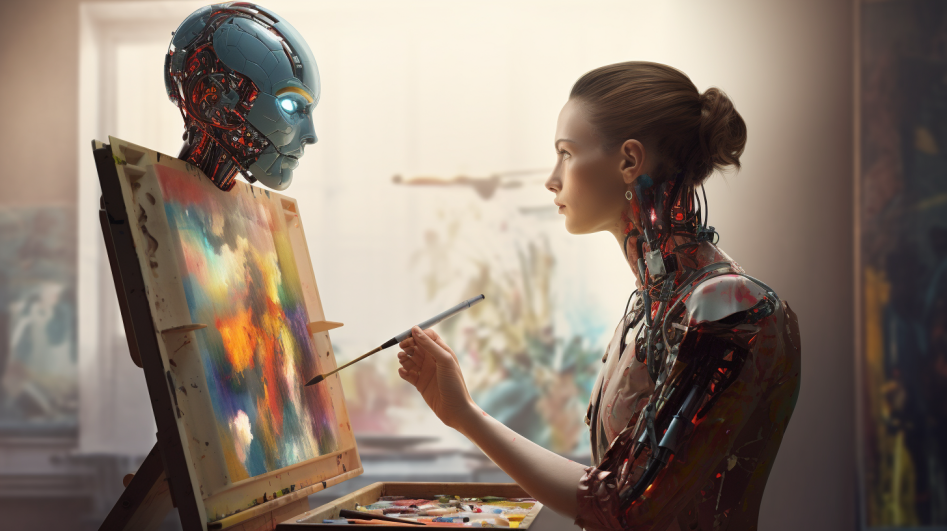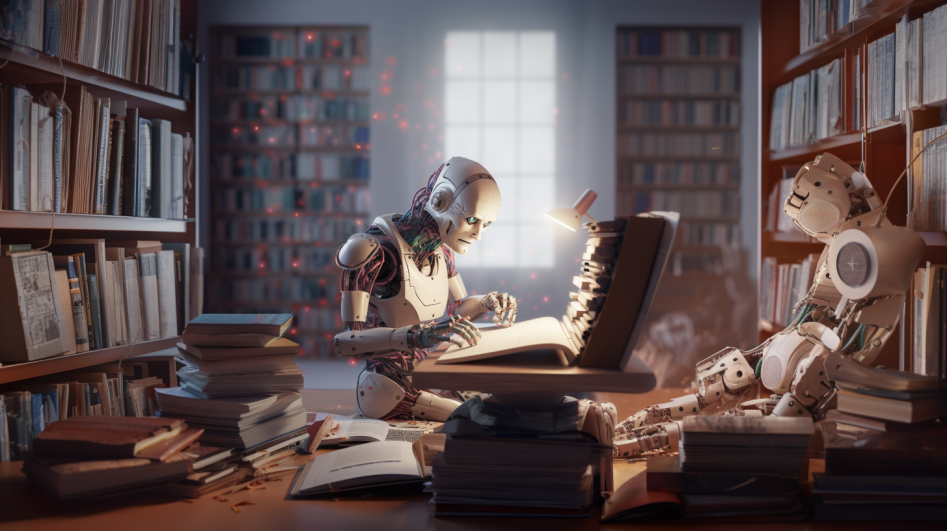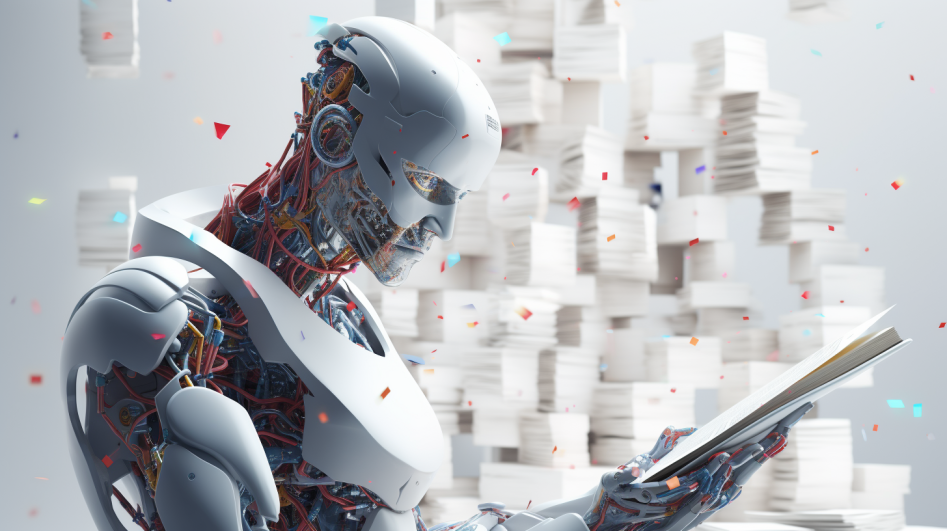In AI We Trust: A New Era of Image Restoration

The old saying, "A picture is worth a thousand words," holds an inescapable truth. Pictures freeze time, capturing moments otherwise lost to memory's unreliable whims.
They are stories distilled into visual snapshots, embodying the essence of historical eras, depicting cultural mores, or even revealing the intimate sagas of our own families. As such, image restoration is not just about maintaining visual quality—it's about safeguarding the legacies we have inherited and those we will leave behind.
Bottlenecks in Traditional Image Restoration
Before the influx of AI, the restoration process was as much an act of personal interpretation as it was a rejuvenation procedure. The task often fell to a single restorer, who carried the weight of historical accuracy on their shoulders.
This creative process hinged heavily on the restorer's vision. They had to understand the original context and intention behind the image, piecing together a puzzle whose parts had been worn away over time.
However, even though the restorer's role held a certain romantic allure, it wasn't without its challenges. This approach made the restoration process subjective, leading to varying results depending on the individual's expertise and interpretation. It's here that AI enters, aiming to introduce a level of objectivity and precision to an otherwise complex art form.
How Does AI Fit into This Picture?
Artificial Intelligence is that seemingly magical computational wand that transforms impossibilities into probabilities and then into certainties. It enables machines to mimic human intelligence—to an extent.
Of course, this comes with its own set of limitations and flaws, but that doesn’t make it any more exciting. And the latest act in AI's riveting performance? Reinventing the way we restore and preserve images.
Machine Learning (ML) and Deep Learning (DL) are the central nervous system of AI's image restoration capabilities. ML algorithms identify patterns in image data, enabling the AI to learn independently. DL, a subset of ML, uses artificial neural networks to delve deeper into the data, deciphering complex patterns that humans or less sophisticated algorithms might miss.
This in-depth training equips the AI with the ability to handle an array of image restoration tasks. The AI uses its training to identify flaws and rectify them, reconstruct missing parts, enhance faded colors, and restore the image's overall quality.

Notable AI Tools in Image Restoration
With the process laid out, let's take a look at the virtuosos—some specific AI technologies used in image restoration and preservation.
VanceAI Photo Restorer
VanceAI Photo Restorer is an AI-based software for restoring old and damaged photos. It offers a range of features including colorization, noise reduction, and scratch removal, transforming aged images into high-quality photos.
Its user-friendly interface suits both novices and professionals, and it provides batch processing for efficient multi-photo restoration. All in all, it's a versatile tool for making old photos look new while maintaining their resolution.
Key features:
- High-resolution output
- Automatic colorization and noise reduction
- Bulk processing for multiple photos
HotPotAI
This an AI-powered tool adept at repairing, colorizing, and enhancing old photos. Suitable for all users due to its straightforward interface, it accepts various image formats and retains original quality during restoration.
Beyond restoration, it boasts design and editing features beneficial for graphic designers and photographers. Given its speedy processing and effective algorithms, Hotpot.AI is a good choice for photo restoration tasks.
Key features:
- Quick restoration process
- Intuitive interface
- Supports a wide range of image formats
What Lies Ahead?
The future of AI in image restoration is not just a continuation of its current journey—it's a step forward. With continued research, the scope of what's possible is expanding rapidly.
One such prospect is the integration of Augmented Reality (AR) and Virtual Reality (VR) with AI in image restoration. This could revolutionize how we interact with restored images, providing immersive experiences that allow us to sort of step back in time.
Advanced AI models are being designed to not only restore and colorize images but also to understand and replicate artistic styles with surprising accuracy. This could change the restoration of art pieces, opening new vistas for appreciating historical artwork.
Imagine a world where we can view ancient manuscripts in vivid detail or witness historical events as if they were happening right in front of us. AI can provide a richer, more nuanced understanding of our history, enabling us to engage with it in ways that were previously unexplored.

A New Phase, An Old Question
AI's potential for preserving cultural and historical imagery is a game changer. By restoring and enhancing these invaluable resources, AI can play a pivotal role in preserving our shared heritage.
However, with these exciting prospects come ethical and legal considerations. AI's power in image restoration brings potential risks that need to be addressed. For instance, the possibility of creating deepfakes—fraudulent yet convincing images or videos—raises serious concerns about authenticity and misinformation.
Issues related to intellectual property and copyright arise when AI is used to alter existing works. Who holds the rights to a restored or colorized image? The original creator, the restorer, or both?
As AI continues to evolve, these questions demand thorough exploration. The ethics of AI use need to be established and governed by clear, fair regulations to ensure responsible use of this powerful technology.
